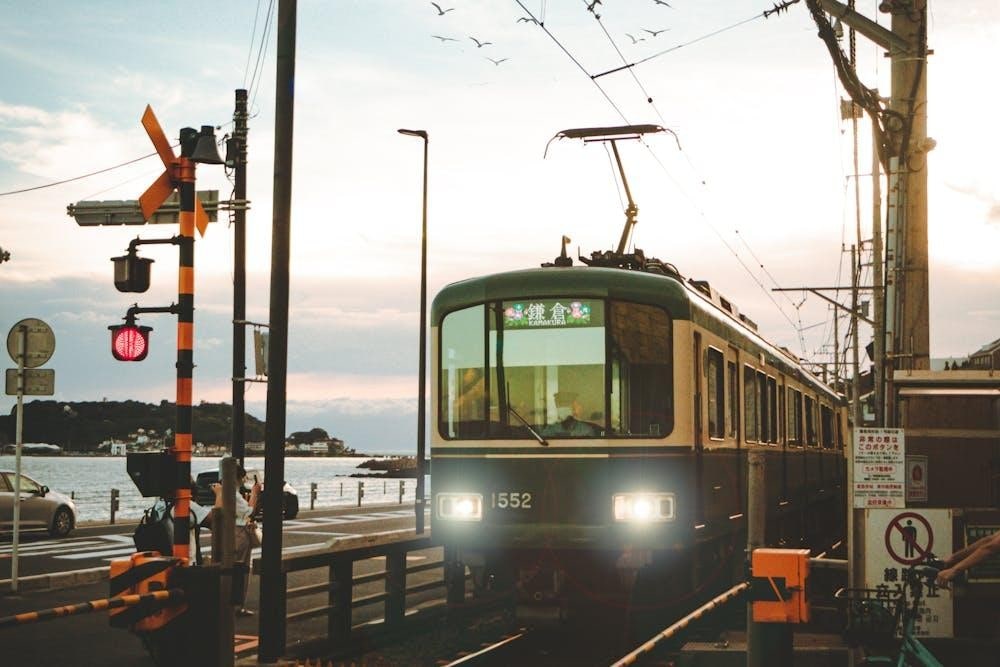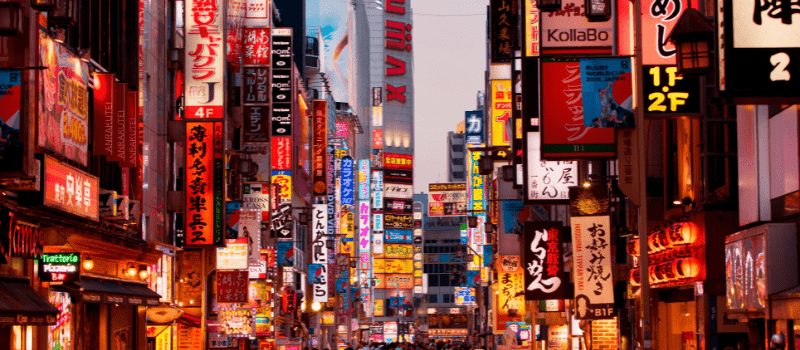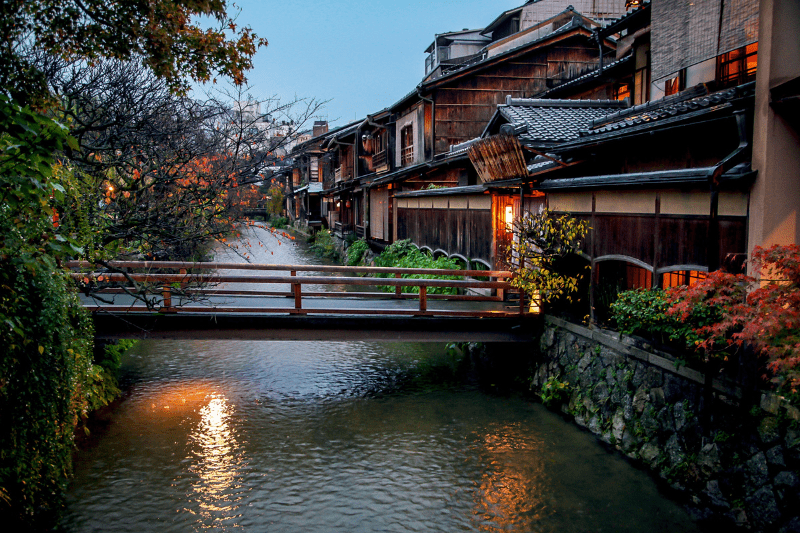The Japan Rail Pass sounds like a good deal. It grants you unlimited train rides on the extensive JR train network for a set number of days, whether you’re traversing the entire country or focusing on a single region.
However, JR Pass prices saw a dramatic increase in October 2023. An Ordinary 7-day JR Pass now costs 50,000 JPY (approx. 441 SGD), a 14-day pass 80,000 JPY (approx. 706 SGD), and a 21-day pass 100,000 JPY (approx. 882 SGD).
This leads many to ask: Is the JR Pass still worth it in 2025? The answer truly depends on how you can use and maximise its benefits during your trip.
Comparing the Cost of A JR Pass Against Individual Tickets
Let’s compare costs against individual tickets. A Shinkansen ride from Tokyo to Osaka typically starts at around 125 SGD, while the starting price for a Shinkansen train ticket from Tokyo to Sendai is about 93 SGD.
To make a 7-day JR Pass worth it, you would need to take the train quite frequently. The nationwide JR route map1 illustrates the vast network of cities you can connect to, helping you visualise how a JR Pass can enhance your 7-day itinerary. The official JR Pass website also provides a JR Fare Calculator2 to help you calculate savings by comparing the cost of your planned itinerary against individual tickets.
Let’s have a look at how to use your 7-day JR Pass to the fullest.
1) Decide which JR Pass to get
Selecting the 7-day, 14-day and 21-day pass isn’t the only decision you have to make. You’ll also have to choose between an Ordinary Pass, a Green Pass.
JR Ordinary Pass
The JR Ordinary Passes (also known simply as the Japan Rail Pass or JR Pass) enable you to travel on all trains operated by Japan Rail, including Shinkansen trains, local trains and limited express trains. Most inter-city trains in Japan are operated by Japan Rail.
When planning your 7-day itinerary, do note that Nozomi and Mizuho bullet trains are only partially included in the JR Pass, so you’ll still need to buy an additional complementary ticket for these rides. The JR Pass also lets you ride on some JR bus lines, with the exception of express bus routes, and the JR-West Miyajima ferry.
JR Green Car
The JR Green Car option gives you access to all the same trains, but also enables you to ride in the Green Car, which is equivalent to first class. Given that Japanese trains already tend to be very comfortable, this upgrade is probably not worth the money unless you really want to travel luxuriously.
The JR Green Car option gives you access to all the same trains, but also lets you ride in the Green Car, which is equivalent to first class. Given that Japanese trains are already very comfortable, this upgrade will be worth it if you want an even more luxurious train ride.
What is the Difference Between JR Pass and Regional Pass?
The JR Regional Rail Pass enables you to travel on JR trains only within a specific region, rather than in all of Japan. Unfortunately, there is no Regional Rail Pass for the whole of Honshu, Japan’s main island, but there are passes for Hokkaido, Kyushu, Tohoku and more. Here is a list of JR Regional Rail Passes3.
In most cases, your main choice, based on the areas you plan to visit, will be between the JR Ordinary Pass and a Regional Pass.
7-day JR Passes—due to the shorter validity period—might be more worthwhile when trying to explore a single area in-depth using a Regional Pass, rather than attempting to traverse all of Japan with an Ordinary Pass. Just make sure you check the boundaries of the area where you can use your pass.
Still not sure whether a JR Pass would be worth the money? Add up the cost of all the train trips you are planning to take, and then compare the total price against that of the JR Pass you are considering.
Still not sure whether getting a JR Pass is worth it? Add up the cost of all the train trips you are planning to take, and then compare that total price against individual tickets for the JR Pass you are considering, so that you can calculate your potential savings more clearly.
2) Plan your route
Not everyone is a planner, and that’s okay. But if you want to maximise your 7-day JR Pass, it helps to carefully plan your route in advance. This way, you can stretch out your pass for as many miles as possible during its 7-day validity period.
It’s best to pick out the cities, towns, and other destinations you would like to visit, and construct an itinerary around them—whether it be your Tokyo-Kyoto-Osaka circuit or venturing further afield.
One of the advantages of the JR Pass is that it allows you to hop on and off trains whenever you wish at no added cost. Without the JR Pass, breaking one trip into multiple segments would significantly increase the total cost. Make the most of this by incorporating as many stopovers as you want, visiting places you would normally not have the budget or bandwidth to.
If you need some inspiration, you can find plenty of suggested itineraries4 recommended by JR Pass. The official Japan Rail Pass site also offers themed routes5 which revolve around noodle-tasting, art appreciation, and cycling.
You can also use your JR Pass to go on day trips if you are staying at a single destination for more than a day. For instance, if you are in Tokyo, consider going on day trips to destinations like Nikko, Yokohama, Hakone, Kamakura and Kawagoe.
3) Use your JR Pass for special trains
Getting passengers from Point A to Point B is not the sole purpose of Japanese trains. There’s also a fantastic variety of themed and sightseeing trains, which have become a staple on Japan’s rail network. These include the Joyful Trains, which offer scenic views and decorated interiors.
One prominent example is the Hello Kitty Shinkansen6 with its themed car decked out in pink. It runs from Hakata Station in Fukuoka to Shin-Osaka Station in Osaka, enabling you to travel between two exciting cities in the company of your favourite mouthless cat.
The Japan National Tourism Organization (JNTO) has published a useful list of sightseeing trains7 in Japan, and there is also a list of Joyful Trains8 compiled by JR-East. Note that some but not all trains are fully covered by the JR Pass.
You can also consider overnight trains, which are covered by the JR Pass. However, do note that sleeper wagons, private wagons, and special compartments are not fully included and will incur a complementary fee. In spite of the additional fees, sleeper trains can still be worth it as they enable you to save on a night’s accommodation, while at the same time transporting you to a new destination, adding value to your itinerary.
Finally, you can also use your JR Pass for airport transfers—that is, trains that run from major airports to the main city associated with them. For instance, it can cover the cost of your train ticket from Narita Airport to Tokyo. If your JR Pass is still valid on the day of your flight, don’t forget to use it. You can usually bring up to two pieces of luggage per person, not counting small bags, with each weighing up to 30 kg, measuring up to 2 m in length and with a total length, width and depth of up to 250 cm. If the total dimensions of your bags exceed 160 cm, you might need to reserve a train seat in the oversized baggage area on certain trains.
4) Reserve your seat in advance on certain trains
Tickets on most trains, even the Shinkansen, can generally be bought at the last minute. However, in certain situations, you should definitely try to buy ahead to avoid disappointment. This is especially true if you only have a tight 7-day itinerary, and you want to maximise the value of your JR Pass and secure the best train seat.
During peak travel periods, such as Golden Week, school holidays, and public holidays, trains will be met with a higher volume of passengers. If you want to maximise your JR Pass without facing fully booked trains, it is essential to secure your train seats as early as possible.
You should also reserve seats as early as possible for sightseeing and overnight trains, both of which tend to experience high demand.
Reservations usually open a month before, but this can vary according to the train, and some routes may have specific booking windows. For the most popular train services in Japan, you might even want to reserve your tickets the minute booking opens.
Even for trains for which seats can be reserved at the last minute, there are advantages to booking early, such as being able to reserve your preferred seats and select the best timing. As a JR Pass holder, you do not have to pay seat reservation fees, making it even more worth it to secure your spot.
5) Buy travel insurance that can cover the cost of your JR Pass

JR Passes are not cheap, so it’s a smart decision to purchase a travel insurance plan that can at least cover the cost of your JR Pass in the event of an unforeseen trip cancellation. Look for a travel insurance plan that will pay for unused prepaid tour fares or transport. The best time to buy this coverage is once you have purchased your flight tickets, ensuring you’re protected from the outset.
HL Assurance’s Travel Protect360 offers coverage for trip cancellation and trip curtailment. So long as you meet the criteria, you can be reimbursed for your JR Pass if your trip is cancelled or curtailed.








